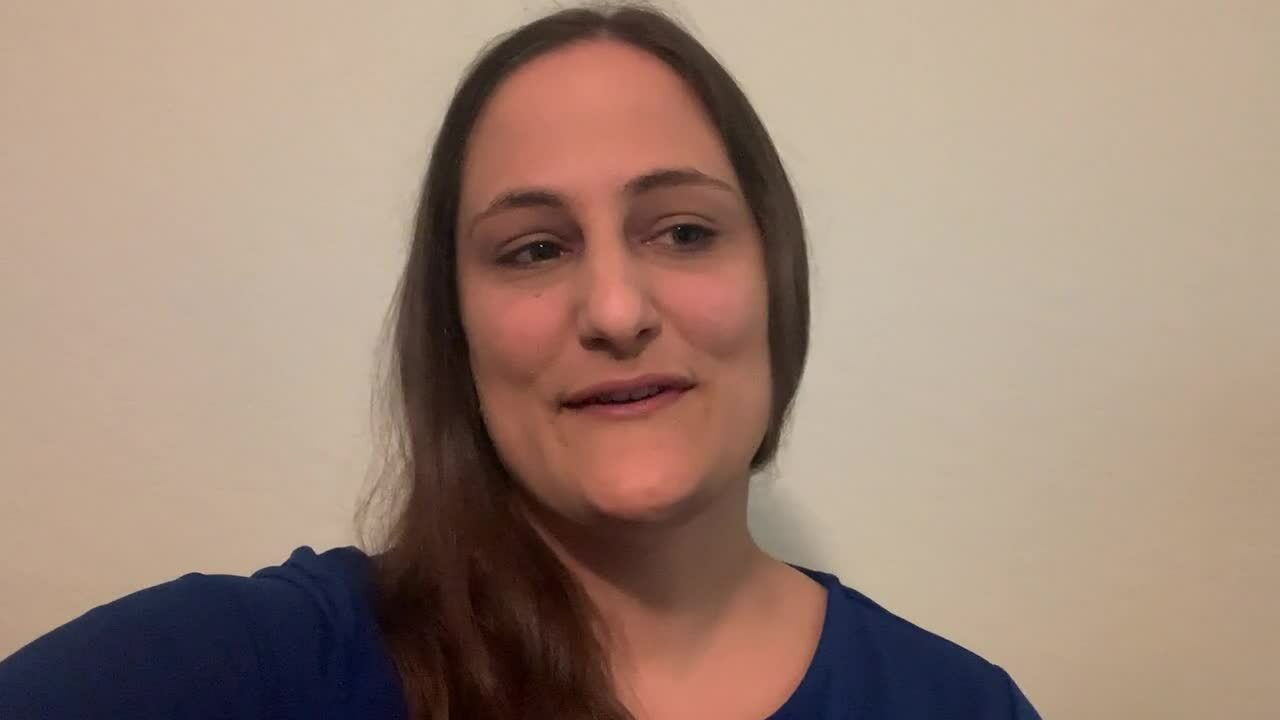From a Shields Clinical Pharmacist – Before calling patients, we spend a good amount of time reviewing their charts, labs and medications to ensure we have a good understanding of past medical history. Recently I was reviewing the health history of a Temodar® patient who was diagnosed with glioblastoma (brain tumor). Temodar has specific guidelines to treat glioblastoma. Initially patients are on a “concomitant phase” and then switched to a “maintenance phase.” Both phases have different dosing based on body surface area (BSA), administration, and duration of therapies for each. The concomitant phase lasts for 42 days, with the addition of radiation, while the maintenance phase has a higher dose and different cycling. Patients take medication for 5 out of 28 days for each cycle, with a total of 6 cycles.
I spoke to this patient during her concomitant phase. When I performed my usual health history check, I noticed the patient received the incorrect dosing of the medication and an incorrect number of pills. I immediately called to the oncologist and he agreed that the patient received the incorrect dose and appreciated that I caught the error. Immediately after speaking with the oncologist I called the patient to inform her not to take the medication.
Soon after, the patient went back to the hospital for a follow up appointment. She saw a Nurse Practitioner who discussed new dosing. Since the patient had extra medication at home the Nurse Practitioner wanted the patient to use the medication she had already purchased rather than ordering new medication. According to the medication protocols the patient was supposed to take a combination of pills that added up to 220 mg on days 1-3.
However, I noticed in the patient’s chart that the Nurse Practitioner had instructed her to take a combination of Temozolomide pills that only added up to 110 mg. Once again this was the wrong dose based on the patient’s profile. I quickly called the patient again and she confirmed that she received written instructions via email to take 110 mg.
After talking a while longer, I informed the patient that she needed to take a total of 220 mg, and I would re-connect with the Nurse Practitioner to confirm with her. When I spoke with the Nurse Practitioner she thanked me for catching another error. She had made a typo in her appointment notes. The Nurse Practitioner then reached out to the patient to review correct dosing.
It’s because of situations like this, when I’m able to really make an impact on a patient’s therapy, that I know we’ve created a new clinic-pharmacy care model that works, and benefits everyone – patients, providers, payors and drug manufacturers. I love it.







